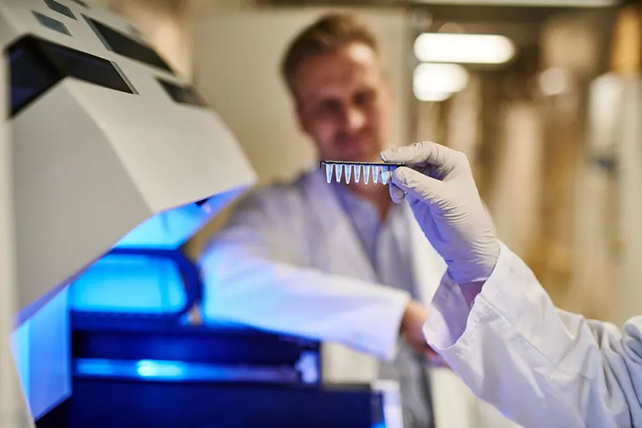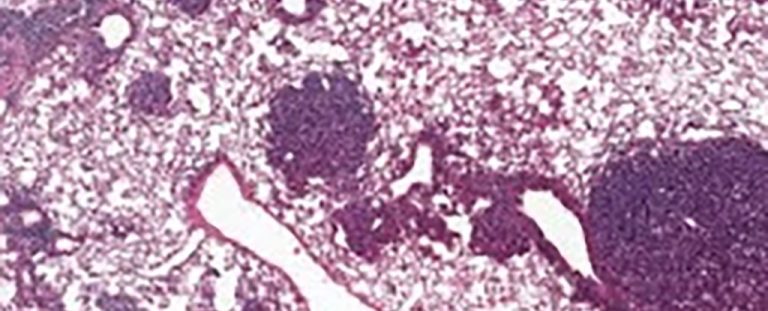Aging causes two opposing trends cancer risk: first, the risk increases in our 60s and 70s, as decades of genetic mutations accumulate in our bodies. But then, after about age 80, the risk drops again – and a new study may explain one of the main reasons why.
The international team of scientists behind the study analyzed lung cancer in mice, tracking the behavior of alveolar type 2 (AT2) stem cells. These cells are crucial for lung regeneration and are also where many lung cancers to start.
What showed up were higher levels of a protein called NUPR1 in the older mice. This caused the cells to act as if they were lacking iron, which limited their rate of regeneration, thereby limiting healthy growth and cancerous tumors.

“Aging cells actually contain more iron, but for reasons we don’t yet fully understand, they function as if they don’t have enough,” said cancer biologist Xueqian Zhuang, from Memorial Sloan Kettering Cancer Center (MSK) in New York.
“Aging cells lose their capacity for renewal and therefore the rampant growth that occurs in cancer.”
The same processes also occur in human cells: a greater amount of NUPR1 leads to a lower amount of iron available to cells. When NUPR1 was artificially lowered or iron was artificially increased, cell growth capabilities were enhanced again.
This potentially gives researchers a way to explore treatments targeting iron metabolism, particularly in older adults. This could possibly restore lung capacity in those experiencing long-term effects of COVID-19For example.
These findings also have implications for cancer treatments based on a type of cell death called ferroptosiswhich is triggered by iron. This cell death is less common in older cells, the researchers found, due to their functional iron deficiency.
This may also make them more resistant to ferroptosis-based cancer treatments currently in development. So, the sooner a ferroptosis treatment can be tried, the more likely it is to work.
“What our data suggests in terms of cancer prevention is that events that happen when we are young are probably much more dangerous than those that happen later.” said cancer biologist Tuomas Tammela, from MSK.
“So preventing young people from smoking, tanning, or other obvious carcinogenic exposures is probably even more important than we thought.”
There is much more to explore here about the effects of NUPR1 and how it relates to stem cell function – both healthy regeneration and cancerous growth – but these are important discoveries for fighting cancer at any stage of life.
As always with cancer treatments, several factors must be considered: the type and stage of the cancer, other medical conditions that might be involved, and (as this new study shows) the age of the individual. . The most personalized we can do these treatmentsthe more effective they can be.
“There is still much unknown about how aging actually changes cancer biology,” said Zhuang.
The research was published in Nature.


